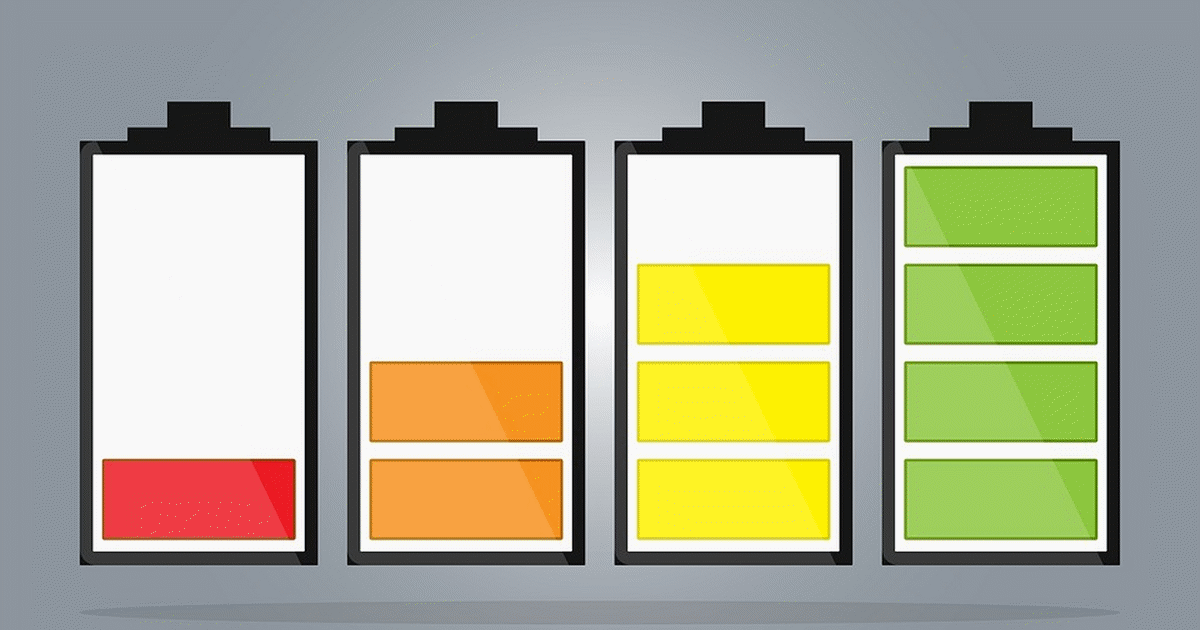Australia’s Climate Council says $42 billion of private investment and around 100,000 jobs in renewable energy could be created through the implementation of a Renewable Energy Storage Target (REST).
Representatives from the Climate Council, Smart Energy Council, Clean Energy Investor Group, Solar Citizens and Advanced Materials Battery Council will gather today in Canberra to lobby the Albanese Government on REST.
“Australia’s Federal and State Energy Ministers are in the process of designing a new mechanism to support the stability and reliability of Australia’s energy system in the years ahead,” says a joint statement. “A Renewable Energy Storage Target is a strong alternative to any model that would prop up expensive, unreliable coal and gas – the main drivers of recent energy price spikes for Australian homes and businesses.”
Renewable Energy Storage Acceleration Scheme
Late last month another coalition led by the Smart Energy Group called for a Renewable Energy Storage Acceleration Scheme and targets set for each state and territory; adding up to a National Large-scale Renewable Energy Storage Target.
“We need everything from batteries on wheels in electric vehicles to household battery systems to unlocking massive investment in large-scale energy storage projects through a Renewable Energy Storage Acceleration Scheme,” said Smart Energy Council CEO John Grimes.
The Scheme would involve a series of government tenders for large-scale renewable energy storage projects to meet forecast shortfalls in dispatchable generation and storage. A briefing note on how the Scheme would work is available here.
Hands Up If You’d Like A Home Battery Subsidy
I’m guessing quite a few hands have gone up.
Home batteries are a significant investment, and those hankering after a Tesla product in particular were likely disappointed to recently discover the price of Powerwall went up yet again; putting this popular home energy storage solution further out of reach. While there are a number of Powerwall alternatives that are cheaper, solar battery system pricing remains expensive regardless.
The Smart Energy Council acknowledges the need for batteries for all sorts of applications, but its Renewable Energy Storage Acceleration Scheme doesn’t address the home market.
Solar Citizens has gone into bat for the battler, last week calling on the Federal Government to expand the Small-scale Renewable Energy Scheme (SRES) – part of Australia’s Renewable Energy Target (RET) – to also provide a financial incentive for home battery storage. How much luck they’ll have there remains to be seen and I’m not aware of any positive murmurings from the Feds about it at this point in time.
Currently there are several state/territory- based schemes providing battery subsidies: the ACT (up to $3,500), Victoria (up to $3,500) and the Northern Territory (up to $6,000).
South Australia also had an incentive until July this year after the scheme was axed by the Malinauskas Government. Following the blackout event in SA on November 12 that stretched out for days for some and then more blackouts on the weekend (and into this morning) due to severe weather, no doubt some South Australians are again cursing that decision.


 RSS - Posts
RSS - Posts



Are those lobbying the Albanese government after a taxpayer funded handout, or government guaranteed revenue?
They talk about $42 billion of private investment 100,000 jobs, but nothing for nothing. What’s the catch?
Yes a low priced highly expensive battery sounds nice, but at the end of the day somebody always has to pay for it.
“Yes a low priced highly expensive battery sounds nice, but at the end of the day somebody always has to pay for it.”
The user is still paying for some of it so it’s not a complete handout.
Similar to how investment in public transport reduces pressure on the road system, and investment in the internet allowing for work from home reduces pressure on both, investment in energy storage reduces the pressure on the distribution and generation systems.
Maybe we could divert some carbon credits to renewable energy storage.
The last government completely diluted the system with large amounts of useless carbon credits just to make them cheap for companies to pretend to be carbon neutral, and this government will not change that as they want to look carbon neutral as well.
The Carbon credit system could be overhauled, clear the useless crap out and add renewable energy storage as an option.
This way dirty companies (burning coal) would be subsidizing renewable energy storage, instead of paying farmers not to chop down trees they were never planing to chop down.